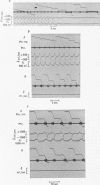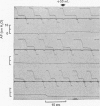Abstract
1. Breuer's hypothesis that the vagus nerves exert a tonic control of respiratory rhythm, in addition to the phasic control, was examined.
2. Closed-chest cardiopulmonary bypass was instituted in dogs weighing 20-30 kg anaesthetized with chloralose. Respiratory rhythm was recorded from a phrenic electroneurogram.
3. Complete muscular paralysis induced with gallamine triethiodide produced an increase in the duration of inspiration and an increase in the amplitude of the integrated phrenic electroneurogram. There was no consistent effect on expiratory duration. Gallamine produced no effect when given after vagotomy.
4. In the paralysed state, an increase in lung volume of 25-100 ml. for 30-60 sec produced a sustained increase in the duration of expiration and a decrease of respiratory rate: there was little effect on inspiratory duration, or the amplitude of the integrated phrenic electroneurogram.
5. A decrease in lung volume of the same order of magnitude for the same period produced a sustained decrease in the duration of expiration and an increase of respiratory rate: there was little effect on inspiratory duration or the amplitude of the integrated phrenic electroneurogram.
6. The phenomena described in (5) and (6) constitute a high gain respiratory frequency controller. They did not occur after bilateral cervical vagotomy.
7. Bilateral cervical vagotomy during complete muscular paralysis produced a further increase in the duration of inspiration and in the amplitude of the integrated phrenic electroneurogram; there was no consistent effect on expiratory duration.
8. The results confirmed Breuer's hypothesis and showed that inspiratory duration and expiratory duration are controlled independently.
Full text
PDF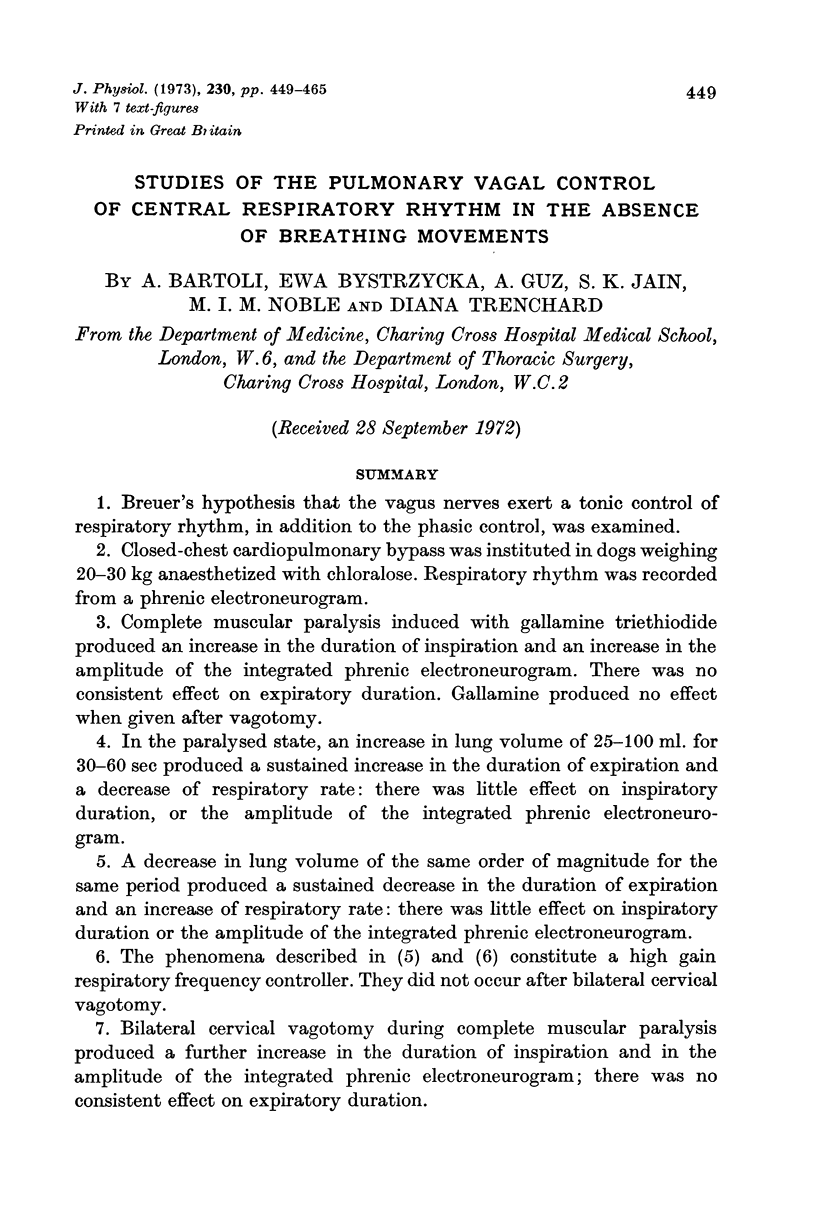
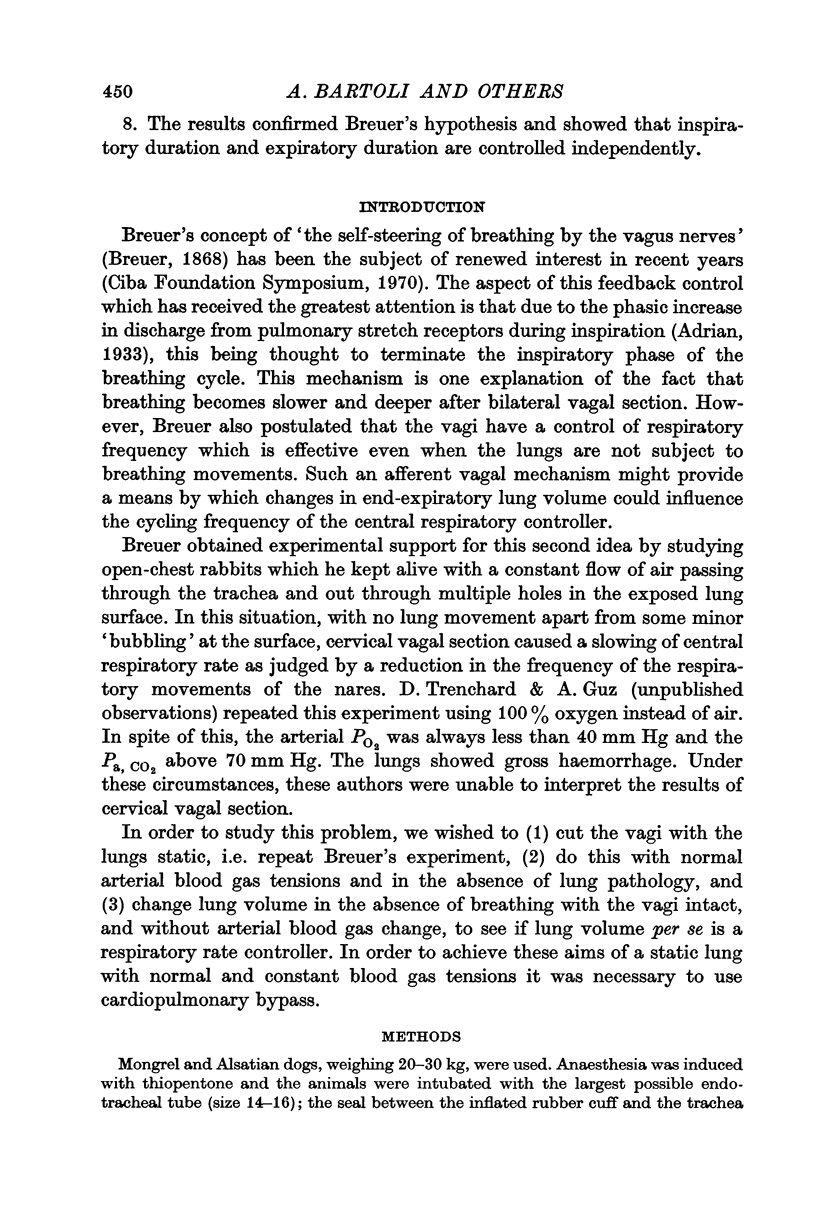

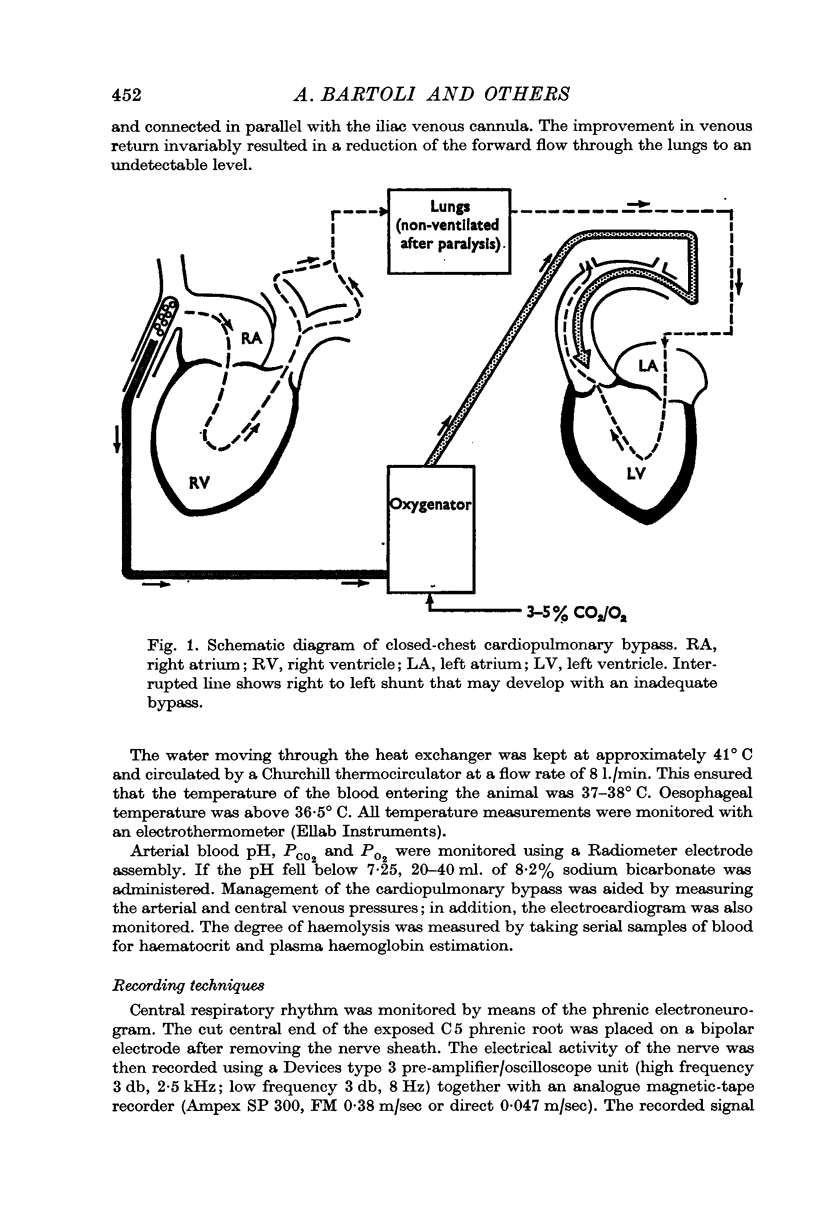

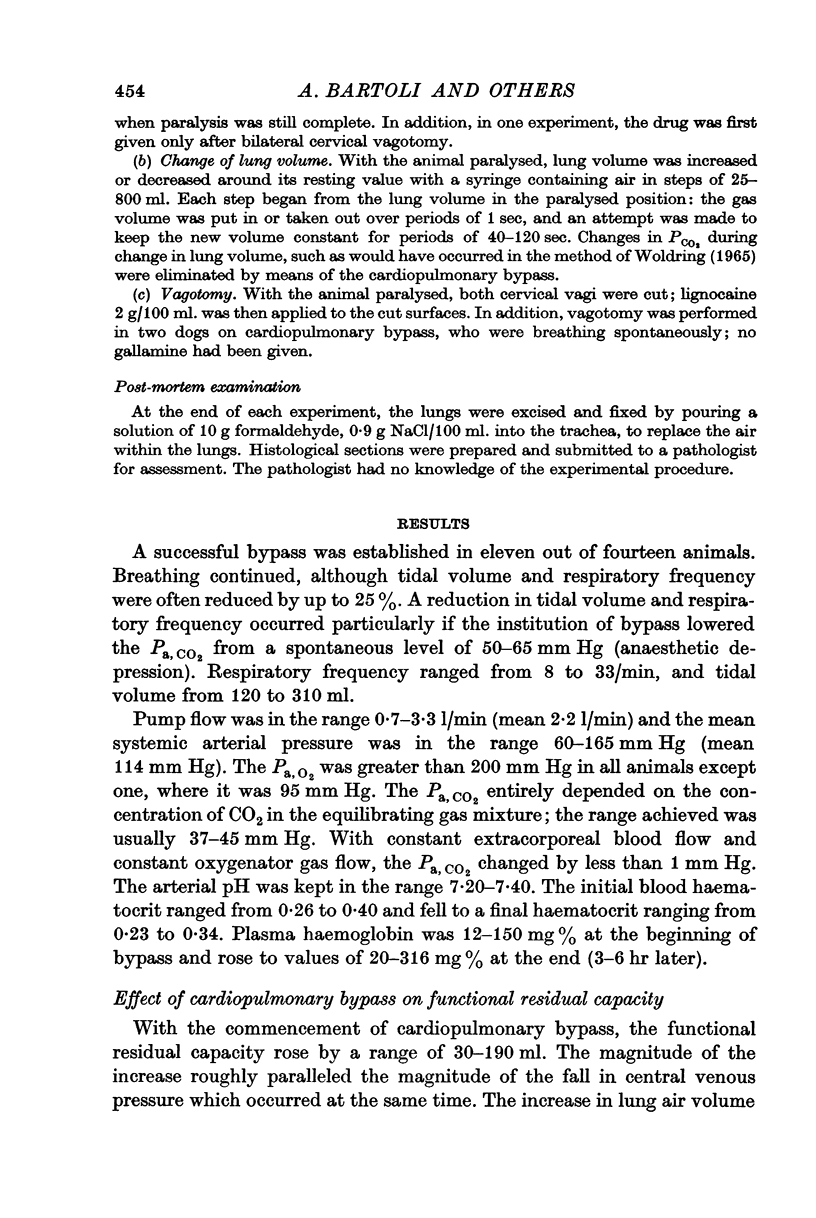
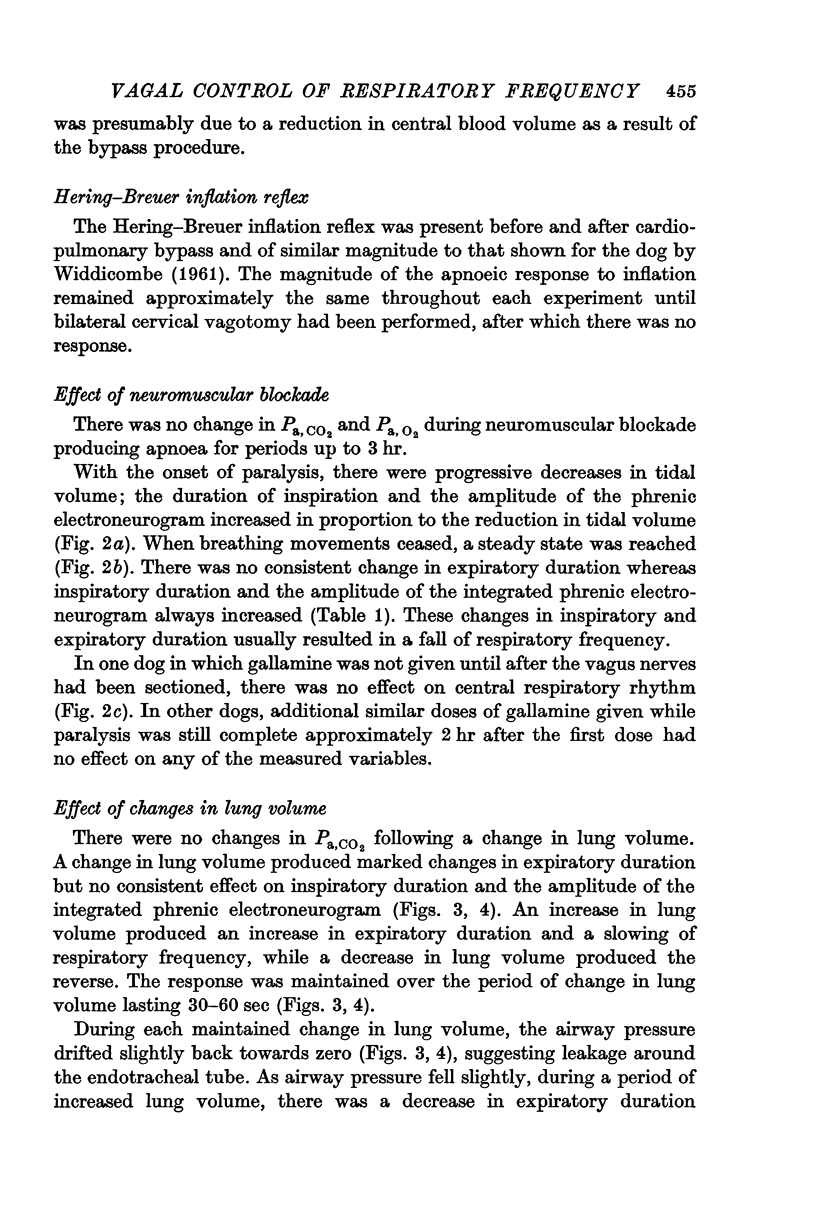


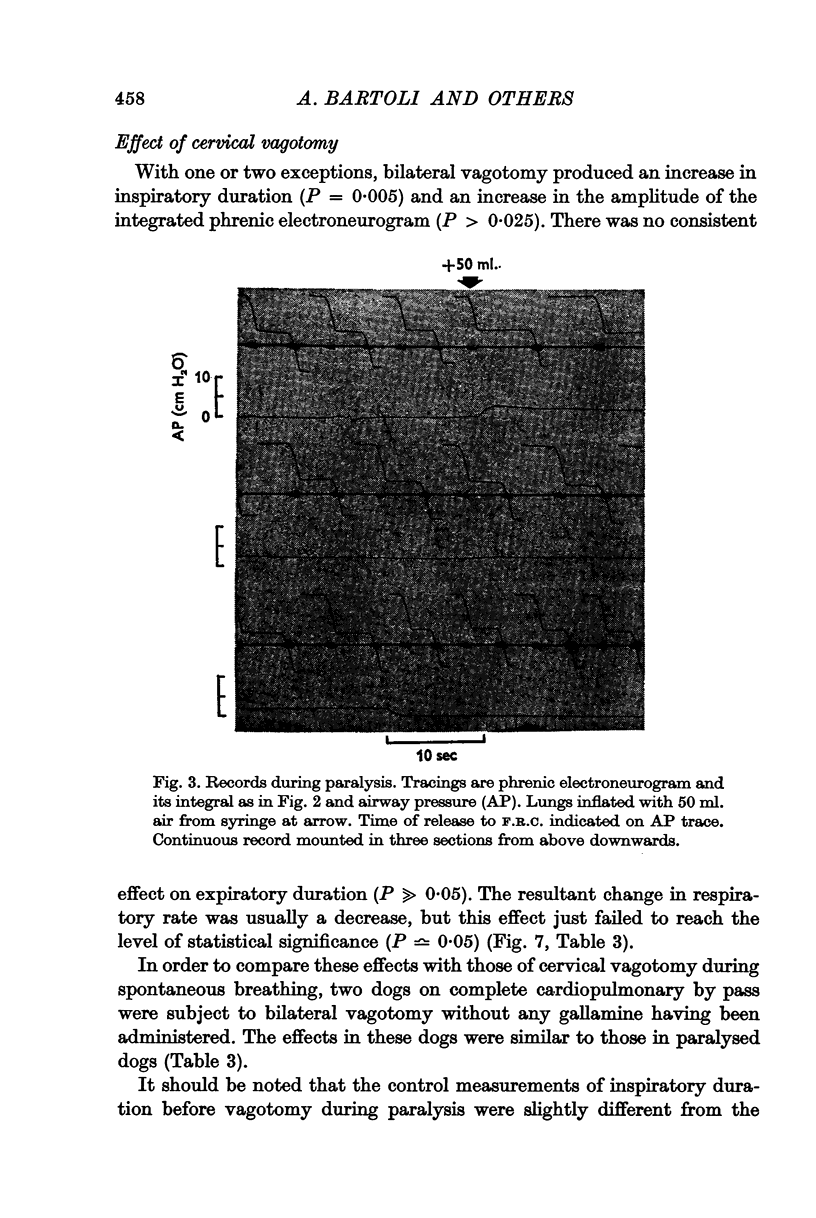


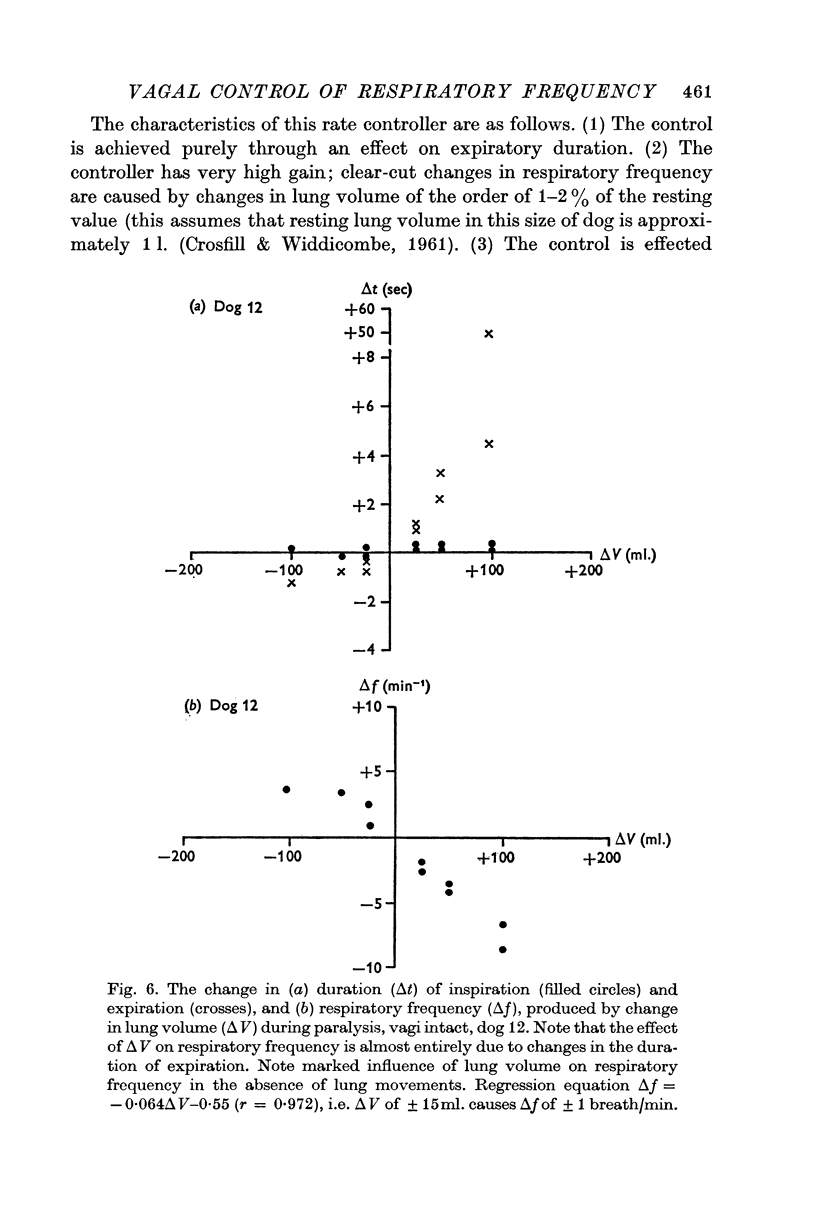
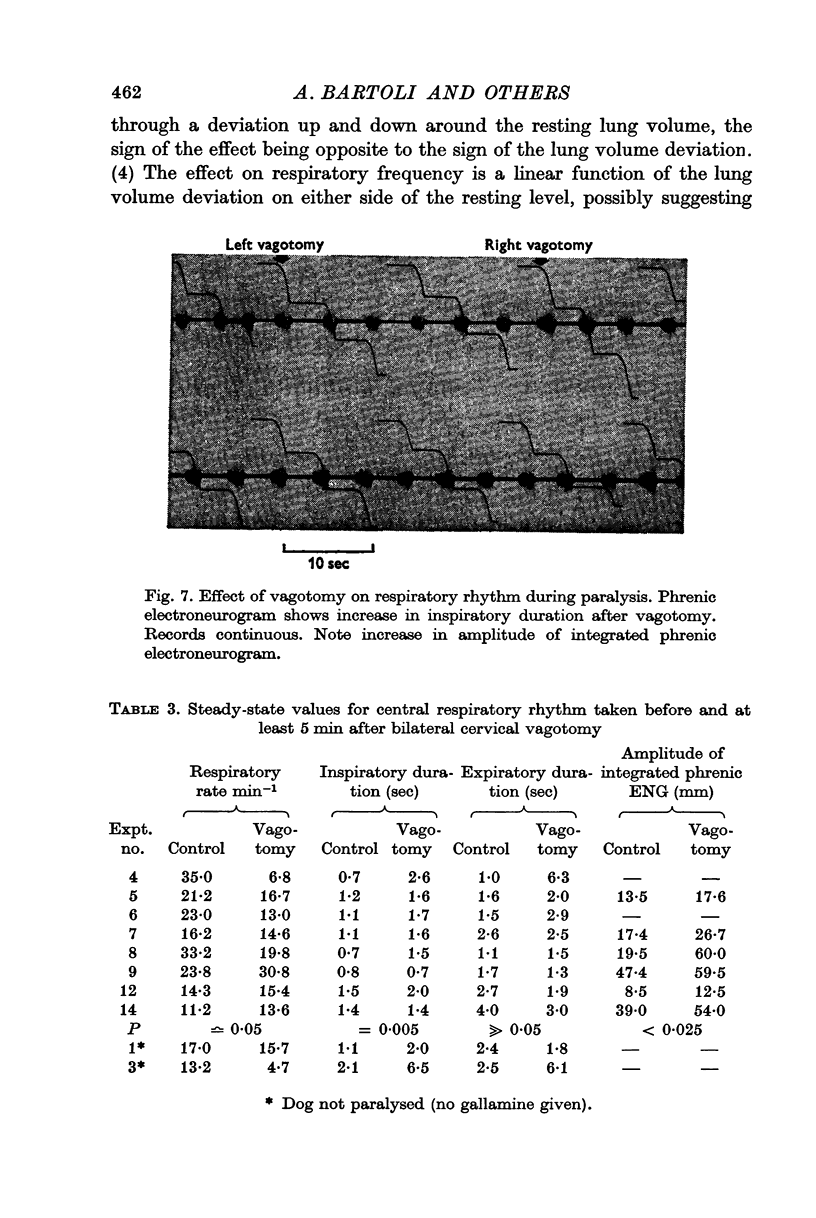

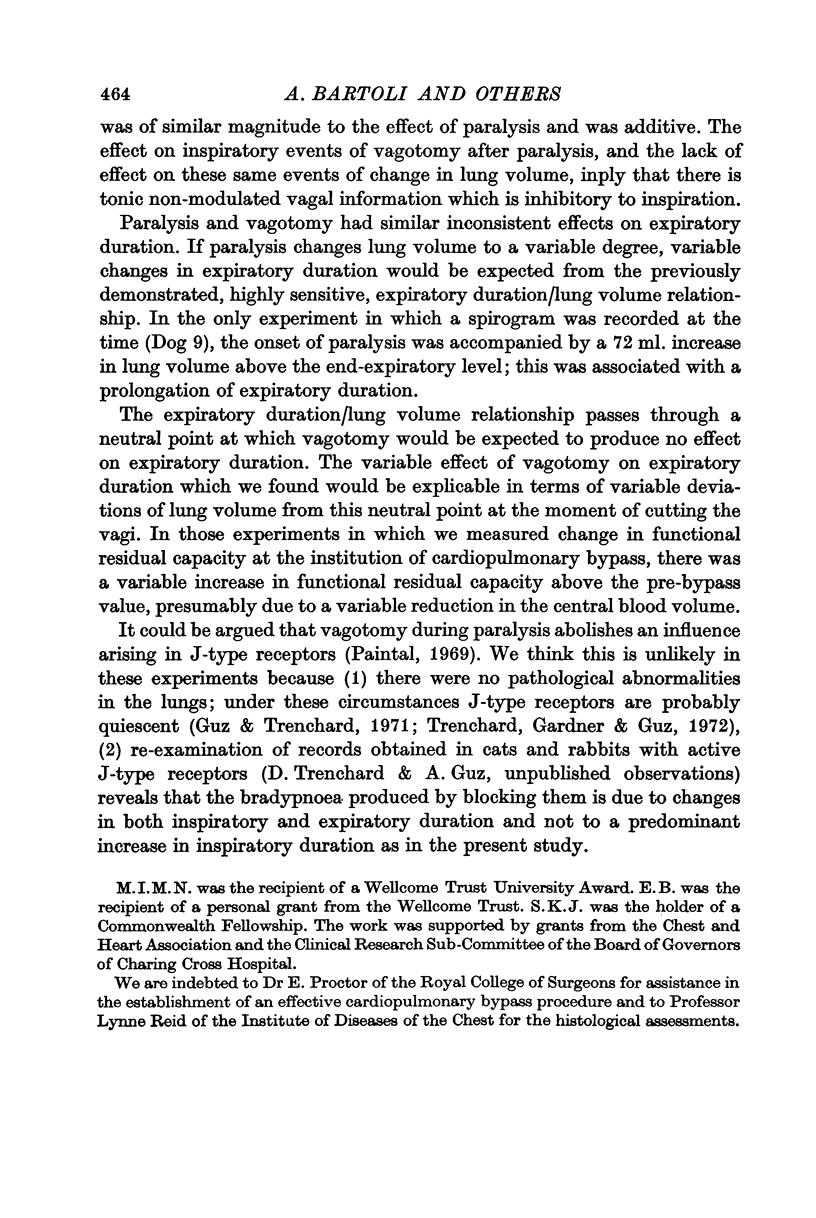

Images in this article
Selected References
These references are in PubMed. This may not be the complete list of references from this article.
- Adrian E. D. Afferent impulses in the vagus and their effect on respiration. J Physiol. 1933 Oct 6;79(3):332–358. doi: 10.1113/jphysiol.1933.sp003053. [DOI] [PMC free article] [PubMed] [Google Scholar]
- CROSFILL M. L., WIDDICOMBE J. G. Physical characteristics of the chest and lungs and the work of breathing in different mammalian species. J Physiol. 1961 Sep;158:1–14. doi: 10.1113/jphysiol.1961.sp006750. [DOI] [PMC free article] [PubMed] [Google Scholar]
- Clark F. J., von Euler C. On the regulation of depth and rate of breathing. J Physiol. 1972 Apr;222(2):267–295. doi: 10.1113/jphysiol.1972.sp009797. [DOI] [PMC free article] [PubMed] [Google Scholar]
- Guz A., Trenchard D. W. The role of non-myelinated vagal afferent fibres from the lungs in the genesis of tachypnoea in the rabbit. J Physiol. 1971 Mar;213(2):345–371. doi: 10.1113/jphysiol.1971.sp009386. [DOI] [PMC free article] [PubMed] [Google Scholar]
- Paintal A. S. Re-evaluation of respiratory reflexes. Q J Exp Physiol Cogn Med Sci. 1966 Apr;51(2):151–163. doi: 10.1113/expphysiol.1966.sp001836. [DOI] [PubMed] [Google Scholar]
- Proctor E. Closed-chest circulatory support by pump-oxygenator in experimental ventricular fibrillation at normal temperature. Thorax. 1966 Jul;21(4):385–390. doi: 10.1136/thx.21.4.385. [DOI] [PMC free article] [PubMed] [Google Scholar]
- Proctor E., De Bono A. H. A low priming volume oxygenator for bloodless priming in cardiopulmonary bypass. Thorax. 1965 Nov;20(6):540–544. doi: 10.1136/thx.20.6.540. [DOI] [PMC free article] [PubMed] [Google Scholar]
- Trenchard D., Gardner D., Guz A. Role of pulmonary vagal afferent nerve fibres in the development of rapid shallow breathing in lung inflammation. Clin Sci. 1972 Mar;42(3):251–263. doi: 10.1042/cs0420251. [DOI] [PubMed] [Google Scholar]
- WIDDICOMBE J. G. Respiratory reflexes in man and other mammalian species. Clin Sci. 1961 Oct;21:163–170. [PubMed] [Google Scholar]
- Woldring S. Interrelation between lung volume, arterial CO2 tension, and respiratory activity. J Appl Physiol. 1965 Jul;20(4):647–652. doi: 10.1152/jappl.1965.20.4.647. [DOI] [PubMed] [Google Scholar]



